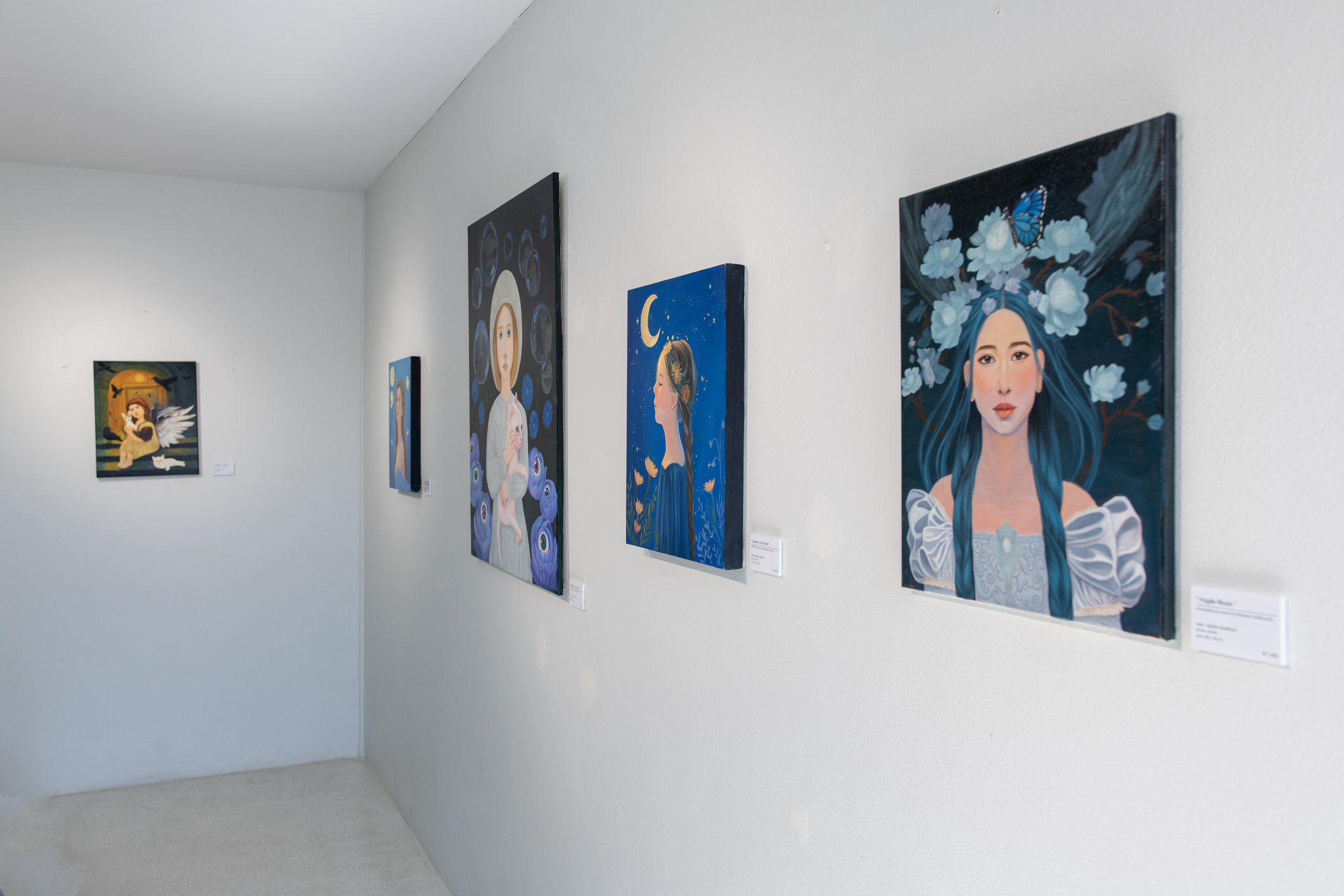3 Tips to Lower Your Portfolio Risk
How much do you think about the degree of risk in your portfolio? It's probably not enough. Here's how to think about risk and make portfolio adjustments to increase your odds of success.


“What’s your risk tolerance?”
If you have an investment adviser, you’ve probably been asked to rate your risk tolerance from one to 10. Or maybe you’ve been questioned about what your actions will be during the next market crash: Will you panic and sell or buy more?
I don’t know many investors self-aware enough to admit they will indeed engage in panic selling. Likewise, most investors don’t sit around with a pile of cash waiting for a market crash — the last crash was in 2008, so those investors have been waiting a long time. Besides, what did you do during the depths of 2008? Regardless, you’re now 11 years older and in a different place. Evaluating risk tolerance with simple abstract questions is not useful.
From just $107.88 $24.99 for Kiplinger Personal Finance
Become a smarter, better informed investor. Subscribe from just $107.88 $24.99, plus get up to 4 Special Issues

Sign up for Kiplinger’s Free Newsletters
Profit and prosper with the best of expert advice on investing, taxes, retirement, personal finance and more - straight to your e-mail.
Profit and prosper with the best of expert advice - straight to your e-mail.
Risk is powerful, but most of us are more accustomed to thinking about returns. Of course returns matter. But we can’t judge our returns without understanding the risk we have taken. Unfortunately, most people don’t have the slightest understanding of risk.
To Test Yourself, Flip a Coin
Here’s my test to start thinking about risk. Imagine all of your money stacked in bills on the desk in front of you. Now you are now looking at the largest stack of bills you have ever seen. We will play a game to determine how your money does over the next 12 months. Your job is to choose between picking up one of two coins: a nickel and a quarter.
If you choose the nickel, go ahead and flip it in the air. If it lands on heads you will be up 5%. However you will be down 5% if it lands on tails.
The stakes change if you choose the quarter. If it lands on heads, you will be up an impressive 25%. And tails? Well, you’ll be down 25%.
With all of your money on the line, which coin do you pick up? And more importantly, what does this tell us?

If you chose the nickel you are indicating that at this point in life, risk is more important to you than returns. You are in a good financial position, and you don’t want to blow it. If you are like most people, you can likely tell me your returns year to date. But if I ask you, “What is your risk?” You don’t have the foggiest idea.
If you place $100 in your bank account you will likely have between $100 and $103 a year from now. Money in the bank is low risk with a narrow range of outcomes. But if you place $100 in the S&P 500, a year from now it’s likely you’ll have between $65 and $150. U.S. stocks are much riskier than your local bank.
Risk is best understood as your range of outcomes. You cannot choose your future returns. But you can position your portfolio for a narrower range of outcomes. You can choose the nickel, the quarter or maybe a dime.
Practical Ways to Diversify Your Portfolio Against Risk
A range of outcomes is a choice that we, as investors, make. If you care more about risk and have more than half of your money in U.S. equities, you can likely lower your risk and decrease your range of outcomes. How? Diversification. Diversification is the process of owning things that will behave differently from the rest of your assets. Here’s how:
- Increase your weighting in international and emerging market stocks. No one knows how these markets will perform going forward, but they are likely to behave differently from U.S. stocks. Try VEA for international stocks and VWO for emerging market stocks.
- Buy some international bonds, denominated in international currencies. Try BWX for this. If the U.S. dollar depreciates, these bonds may do well.
- Buy some gold and commodities, which have historically had low correlation to U.S. stocks. Try GLDM for gold and PDBC for commodities. Beware that many commodity ETFs will deliver a Schedule K-1 tax form at tax time. PDBC, however, avoids this.
It’s hard to predict the future. It is much easier to add a diverse set of assets to your portfolio. Above all, be prudent. Don’t go overboard, but do go forward. Proper diversification can reduce your risk and range of outcomes without impacting your expected return.
Profit and prosper with the best of Kiplinger's advice on investing, taxes, retirement, personal finance and much more. Delivered daily. Enter your email in the box and click Sign Me Up.

Randy Kurtz, RIA, CFP®, is a nationally recognized expert on risk. Challenging the financial industry's status quo for over a decade, Kurtz feels the standard Wall Street portfolio comes with far more risk than clients realize. He created a method of investing that aims to lower excess risk taken in client portfolios, without reducing expected return. His goal is to transform the industry by turning the client-adviser relationship from a return-centered conversation to a risk-centered one.
-
 Your Guide to Buying Art Online
Your Guide to Buying Art OnlineFrom virtual galleries to social media platforms, the internet offers plenty of places to shop for paintings, sculptures and other artwork without breaking the bank.
-
 Samsung Galaxy S25 Ultra for $4.99 a Month: A Closer Look at Verizon’s Deal
Samsung Galaxy S25 Ultra for $4.99 a Month: A Closer Look at Verizon’s DealVerizon’s aggressive pricing makes Samsung’s top-tier phone tempting, but the real cost depends on your plan and how long you stay.
-
 I'm 59 with $1.7 million saved and lost my job. Should I retire?
I'm 59 with $1.7 million saved and lost my job. Should I retire?We asked professional wealth planners for advice.
-
 A Wealth Adviser Explains: 4 Times I'd Give the Green Light for a Roth Conversion (and 4 Times I'd Say It's a No-Go)
A Wealth Adviser Explains: 4 Times I'd Give the Green Light for a Roth Conversion (and 4 Times I'd Say It's a No-Go)Roth conversions should never be done on a whim — they're a product of careful timing and long-term tax considerations. So how can you tell whether to go ahead?
-
 A 4-Step Anxiety-Reducing Retirement Road Map, From a Financial Adviser
A 4-Step Anxiety-Reducing Retirement Road Map, From a Financial AdviserThis helpful process covers everything from assessing your current finances and risks to implementing and managing your personalized retirement income plan.
-
 The $183,000 RMD Shock: Why Roth Conversions in Your 70s Can Be Risky
The $183,000 RMD Shock: Why Roth Conversions in Your 70s Can Be RiskyConverting retirement funds to a Roth is a smart strategy for many, but the older you are, the less time you have to recover the tax bite from the conversion.
-
 A Financial Pro Breaks Retirement Planning Into 5 Manageable Pieces
A Financial Pro Breaks Retirement Planning Into 5 Manageable PiecesThis retirement plan focuses on five key areas — income generation, tax management, asset withdrawals, planning for big expenses and health care, and legacy.
-
 4 Financial To-Dos to Finish 2025 Strong and Start 2026 on Solid Ground
4 Financial To-Dos to Finish 2025 Strong and Start 2026 on Solid GroundDon't overlook these important year-end check-ins. Missed opportunities and avoidable mistakes could end up costing you if you're not paying attention.
-
 Are You Putting Yourself Last? The Cost Could Be Your Retirement Security
Are You Putting Yourself Last? The Cost Could Be Your Retirement SecurityIf you're part of the sandwich generation, it's critical that you don't let the needs of your aging parents come at the expense of your future.
-
 I'm an Insurance Pro: It's Time to Prepare for Natural Disasters Like They Could Happen to You
I'm an Insurance Pro: It's Time to Prepare for Natural Disasters Like They Could Happen to YouYou can no longer have the mindset that "that won't happen here." Because it absolutely could. As we head into 2026, consider making a disaster plan.
-
 The Future of Philanthropy Is Female: How Women Will Lead a New Era in Charitable Giving
The Future of Philanthropy Is Female: How Women Will Lead a New Era in Charitable GivingWomen will soon be in charge of trillions in charitable capital, through divorce, inheritance and their own investments. Here's how to use your share for good.